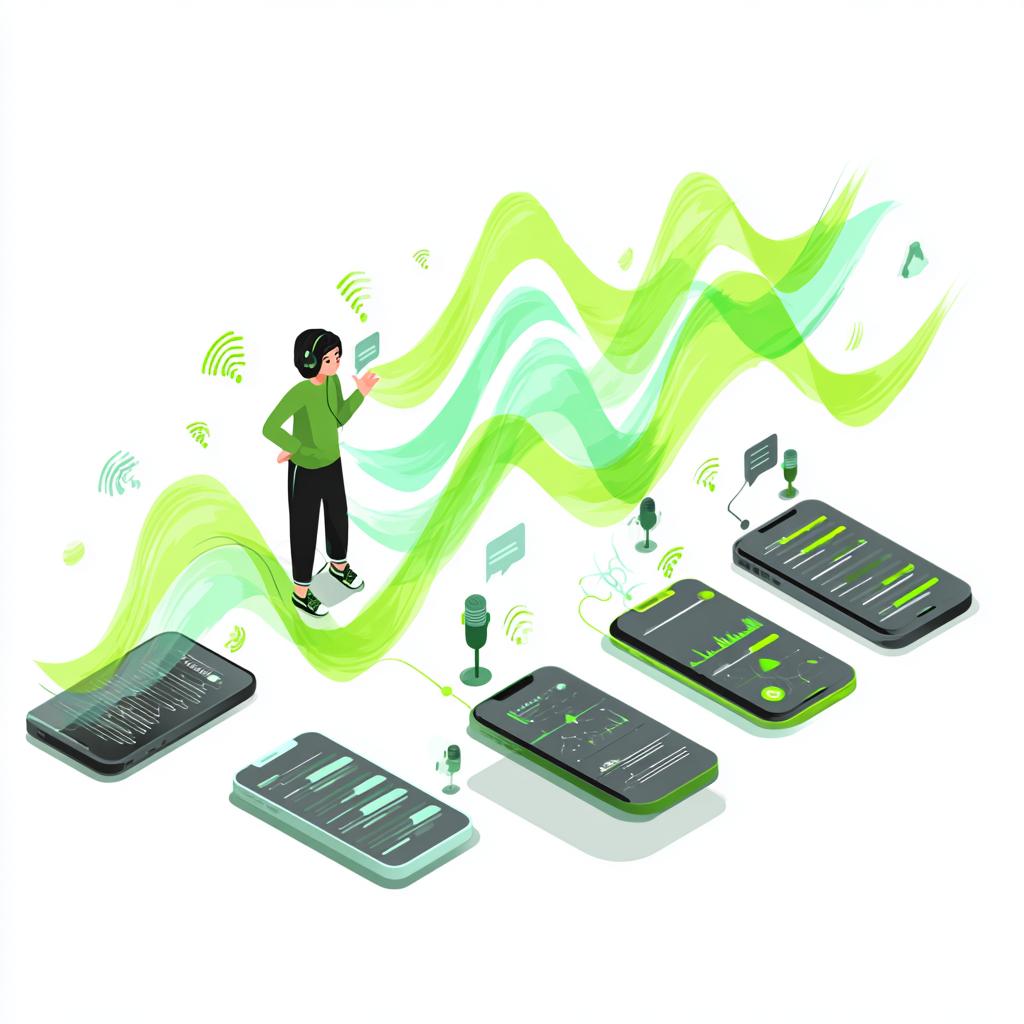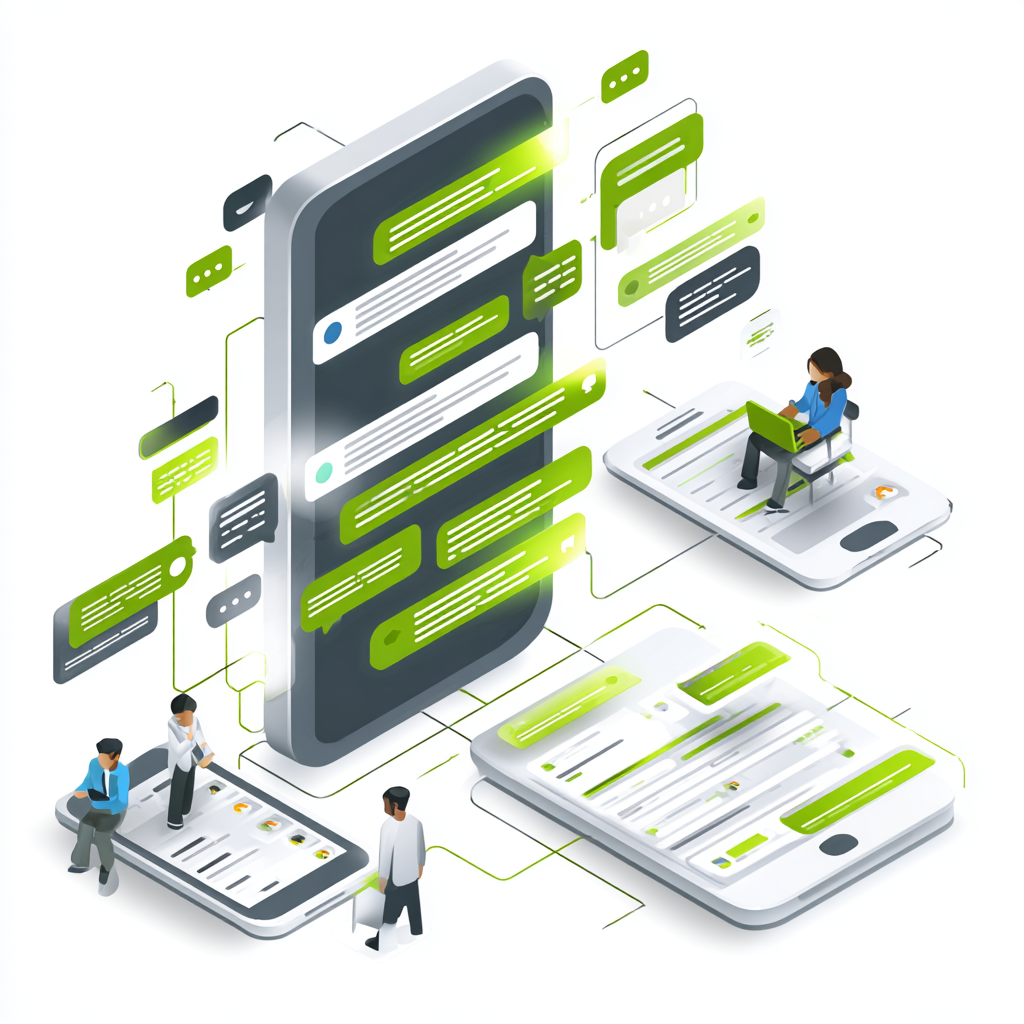Every customer interaction with a business leaves a lasting impression, positive or negative. These moments, whether through a website, store visit, phone call, or social media comment, collectively shape what is known as the customer experience (CX). For organizations that want to grow, retain loyal clients, and differentiate themselves in saturated markets, managing customer experience intentionally is not optional; it’s essential. This is where a customer experience framework becomes useful. It provides a structured approach to designing, delivering, and improving how customers perceive your brand at every touchpoint. This article explores what a customer experience framework entails and why it matters, highlighting 10 key pillars on which successful businesses build their customer experience strategies.
What is a customer experience framework?
A customer experience framework is a strategic blueprint that guides a business in creating, measuring, and managing customer interactions across all channels and departments. It ensures every team, from sales to support, is aligned in delivering a consistent, high-quality experience. Instead of treating customer satisfaction as a vague goal, a CX framework turns it into a repeatable process driven by clear goals, actionable data, ongoing feedback, and effective team coordination. It connects business objectives to customer expectations, building long-term trust, advocacy, and revenue.
Why you need a customer experience framework
Despite these benefits, many companies still manage customer experience reactively. Without a solid framework, teams can work in silos, confuse customers with inconsistent messaging, and fail to deliver on brand promises. Companies that invest in CX frameworks experience a range of benefits:
- Increased customer retention: Loyal customers are worth more over time.
- Better word-of-mouth marketing: Satisfied customers promote your brand organically.
- Higher revenue growth: Brands with strong CX outperform competitors financially.
- Improved employee morale: When employees see the impact of their work, engagement rises.
- Reduced churn: Identifying friction points early helps prevent customer loss.
The 10 core pillars of a winning customer experience framework
Let’s break down the ten (10) essential elements that make up a robust customer experience framework:
1. Customer understanding and segmentation
To improve the customer experience, you must first understand who your customers are, what they need, and how they behave. One-size-fits-all experiences rarely work. Segmenting your audience and tailoring experiences accordingly makes interactions feel personal, relevant, and valuable. What this involves:
- Creating detailed buyer personas based on real data.
- Mapping out customer journeys for different segments.
- Using surveys, interviews, and analytics to gather insights.
- Identifying pain points at various touchpoints.
2. Leadership and company culture
A company’s approach to customer experience starts at the top. Leadership must actively support and model customer-centric values. If leadership does not prioritize customer experience, it will not become part of the company’s DNA. Employees take cues from the top when leaders lead with empathy and a customer-focused approach, creating a ripple effect. What this involves:
- Defining a clear customer experience vision aligned with company goals.
- Empowering employees to put customers first.
- Rewarding behaviors that improve customer satisfaction.
- Creating a culture where feedback and empathy are valued.
3. Customer journey mapping
This visualizes the customer’s end-to-end experience with your brand, from discovery to purchase. Journey mapping helps you see your business from the customer’s point of view. It highlights where improvements are needed and helps teams understand the bigger picture. What this involves:
- Identifying all possible touchpoints (website, email, social media, customer service).
- Pinpointing friction areas where customers may get stuck or drop off.
- Mapping out emotional highs and lows during interactions.
- Documenting actions, goals, and challenges for each phase.
4. Multi-channel consistency
Modern customers interact with brands across various online and offline platforms. Ensuring consistency across all these channels is critical. Inconsistent experiences confuse customers and reduce trust. A strong framework ensures that no matter where a customer engages, the experience feels unified and reliable. What this involves:
- Maintaining unified messaging, tone, and branding.
- Providing seamless transitions between channels (e.g., website to phone support).
- Offering real-time assistance through preferred channels (e.g., chat, email, WhatsApp).
5. Measurement and metrics
Without data, you cannot improve. This pillar involves tracking metrics to evaluate performance and make informed decisions. You can only manage what you measure. Data shows what works and where to focus your energy for maximum impact. What this involves:
- Using tools to measure Customer Satisfaction Score (CSAT), Net Promoter Score (NPS), and Customer Effort Score (CES).
- Analyzing support ticket trends, churn rates, and social sentiment.
- Setting CX KPIs and comparing them over time.
- Collecting qualitative feedback to add context to numbers.
6. Employee engagement and training
Employees are the face of your brand. Their attitude, knowledge, and confidence have a direct impact on the customer experience. Engaged, empowered employees create better customer experiences. When they feel supported and equipped, it reflects in every interaction. What this involves:
- Hiring for both skill and customer empathy.
- Offering regular training on CX best practices.
- Encouraging ownership and accountability at all levels.
- Celebrating wins and learning from mistakes.
7. Continuous improvement and innovation
Customer needs evolve, and so should your CX strategy. This final pillar ensures that you constantly refine your approach. Customer expectations shift quickly. A rigid strategy becomes outdated fast. Staying flexible, curious, and open to change keeps your brand relevant. What this involves:
- Gathering feedback post-purchase or post-service.
- Running A/B tests to improve processes or messages.
- Studying competitor CX strategies and industry trends.
- Encouraging innovation from all levels of the company.
8. Technology and automation
In today’s digital world, leveraging the right technology enhances efficiency and personalization. Technology helps you scale CX efforts without losing the personal touch. It also frees up human agents to focus on high-impact interactions. What this involves:
- Implementing CRM systems to manage customer relationships.
- Using chatbots or AI to handle basic customer queries 24/7.
- Automating repetitive tasks like order tracking or follow-up emails.
- Integrating customer data across tools and departments.
9. Customer feedback loops
Customer feedback is one of your most valuable assets, but only if you collect and act on it. It matters because when customers feel heard, they feel valued. More importantly, their feedback guides real improvements that lead to loyalty and trust. What this involves:
- Gather feedback regularly via surveys, reviews, or interviews.
- Closing the loop by acknowledging and responding to customer input.
- Using insights to improve products, services, and processes.
- Sharing key takeaways with relevant departments.
10. Personalization and emotional connection
Today’s customers expect brands to know and understand them. Personalization extends beyond using a name; it’s about relevance and connection. It matters because emotion drives loyalty. Brands that make customers feel seen, heard, and appreciated create strong emotional bonds that competitors struggle to break. What this involves:
- Tailoring content, offers, and communication to customer preferences.
- Remembering previous interactions and preferences.
- Using behavioral data to make smart, timely recommendations.
- Showing empathy and care in all interactions.
Real-life example: Amazon’s customer experience framework in action
Amazon is often cited as a gold standard for customer experience. Here’s how they reflect the seven (7) pillars:
- Customer understanding: Deep personalization based on past purchases and behavior.
- Leadership: Founder Jeff Bezos famously left an empty chair at meetings to represent the customer.
- Journey mapping: Seamless checkout and returns process mapped and optimized over time.
- Consistency: Whether you shop via app, browser, or Alexa, the experience is smooth.
- Metrics: Real-time feedback tools and obsessive tracking of satisfaction scores.
- Employee engagement: Warehouse and call center workers receive training focused on fast, accurate service.
- Innovation: Prime, one-click ordering, and predictive shipping are all born from continuous improvement.
Steps to build your customer experience framework
Ready to build or refine your customer experience framework? Follow these steps:
- Assess your current customer journey: Where are the gaps?
- Gather customer insights: Use surveys, interviews, and analytics tools.
- Define a customer experience vision: Tie it to your brand promise.
- Align leadership and teams: Ensure everyone understands the goal.
- Set measurable KPIs: Track what matters most to your business.
- Train your team: Make CX skills part of onboarding and continuous learning.
- Evaluate regularly: Don’t let your framework become stale. Review and adapt often.
Turning strategy into loyalty
A strong customer experience framework gives your business a decisive advantage, turning customers into loyal fans and brand advocates. With the 10 core pillars outlined above, you are equipped to create a structured, scalable strategy centered on what matters most: your customers. Do not wait for customer dissatisfaction to force a change. Start building your framework today, refine it regularly, and let it guide every team and touchpoint. Ultimately, how you make people feel is what they will remember the most. A well-structured customer experience framework is not just a document but a living, breathing strategy that influences every corner of your business. Building on the proper foundation turns ordinary transactions into meaningful relationships, drives loyalty, and fuels growth.





